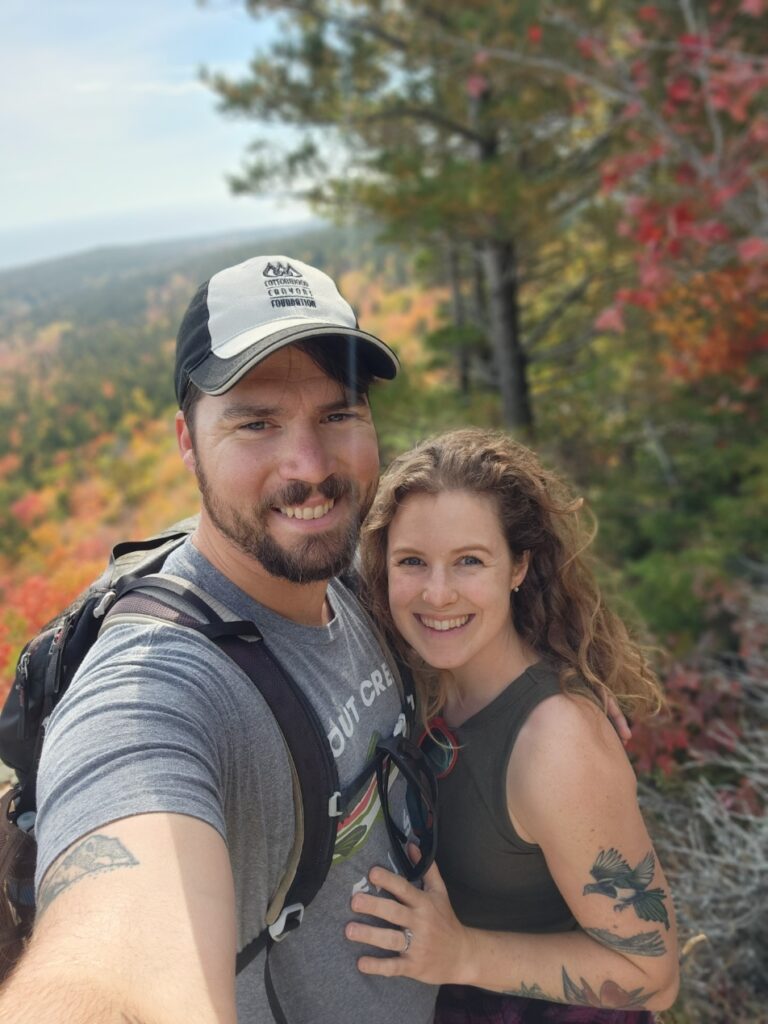About Us
One of the most beneficial things that we can to do to help the environment cope with climate change is to plant native plants in our yards.




My name is Tim Remkes (photo left) and I have always loved the outdoors. As a child working in my mothers gardens and playing in the foothills of the Wasatch Front. As a teenager in Boy Scouts and growing and tending a small tree nursery that my brother and I started to supply trees for our family. Now as an adult in both recreational and professional settings.
My love for the outdoors drove me to pursue an education that would allow me to spend most of my time hiking in nature. I started at Weber State University as a student of Botany with that singular goal in mind but then quickly fell in love with the science of it! The diversity of the natural world continues to captivate and surprise me.
After my Freshman year of college, I applied for and won a job working for the Utah Division of Wildlife Services on a Range Trend Crew. The goal of this crew is to monitor the wildlife herds, primarily deer and elk, by monitoring their rangelands. The main part of my job was to identify all plants that would fall in our study transects. In 2013 I received my Bachelor’s Degree in Botany with a minor in Zoology then started working for a non-profit organization called The Cottonwood Canyons Foundation (https://cottonwoodcanyons.org/). In this organization, I ran the Invasive Weeds program which assists the Forest Service in removing invasive species from the Cottonwood Canyons of Salt Lake City. Through this job, I became familiar with all of the invasive plants that occur in northern Utah.
One of the most impactful things that I learned was that nearly all of the invasive plants that occurred in Salt Lake County were introduced intentionally. These species were not necessarily introduced first to Salt Lake county specifically, but to the areas from which they spread. This is certainly true of all of the heavy hitters across the country such as the Kudzu vine (Pueraria montana), Russian Olive (Elaeagnus angustifolia), Myrtle Spurge (Euphorbia myrsinites), and Dalmatian Toadflax (Linaria dalmatica) and many others. Many of these were planted as a means of erosion control, some for livestock forage, and still others have been introduced as ornamental garden plants. Myrtle Spurge was even sold as a “water wise” plant until 2015 in Utah even though the negative impacts of this species were widely studied and known in our areas and the sale of this plant was illegal in all surrounding states long before the legislation was enacted in Utah.
All of this knowledge began to ignite a passion to correct these wrongs. One day as I was taking lunch in a spot that allowed me to see down into the valley and it struck me how many non-native species were being grown and cultivated down there. The lawns, flower gardens, and trees are nearly all non-native species. We waste a lot of resources trying to keep these artificial plant communities alive because they do not belong in our area. I then realized that I can do something about it…